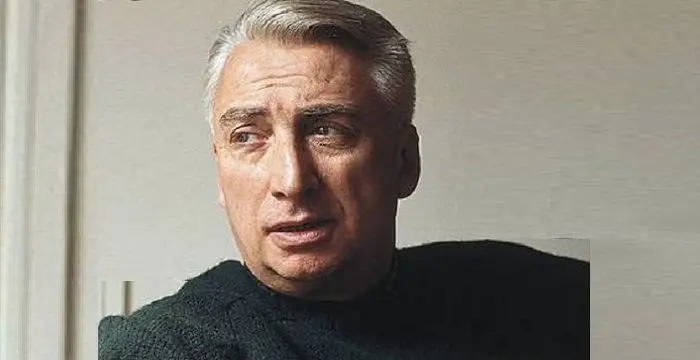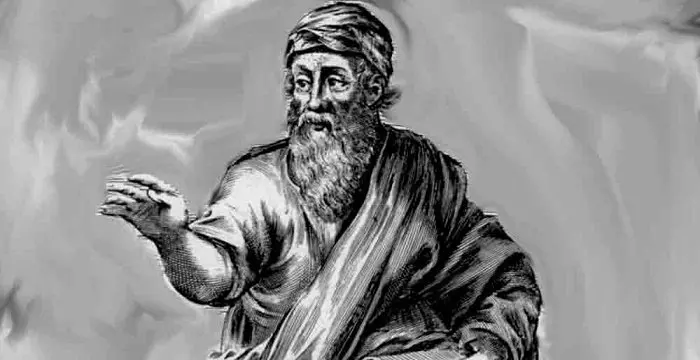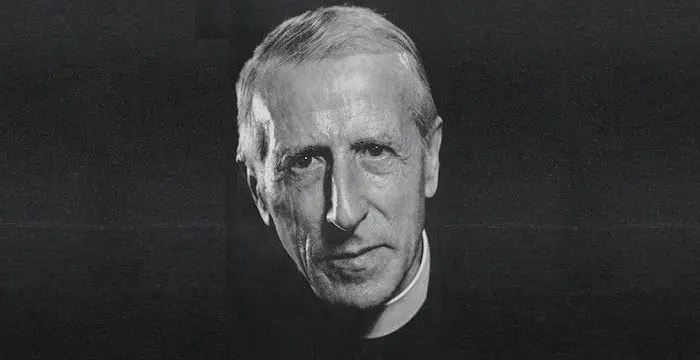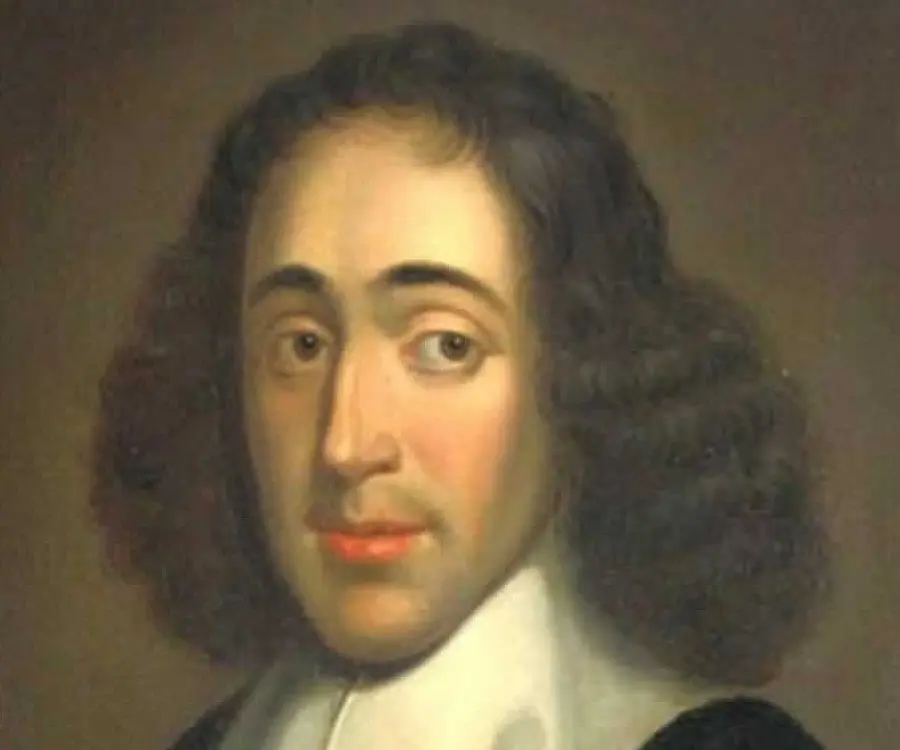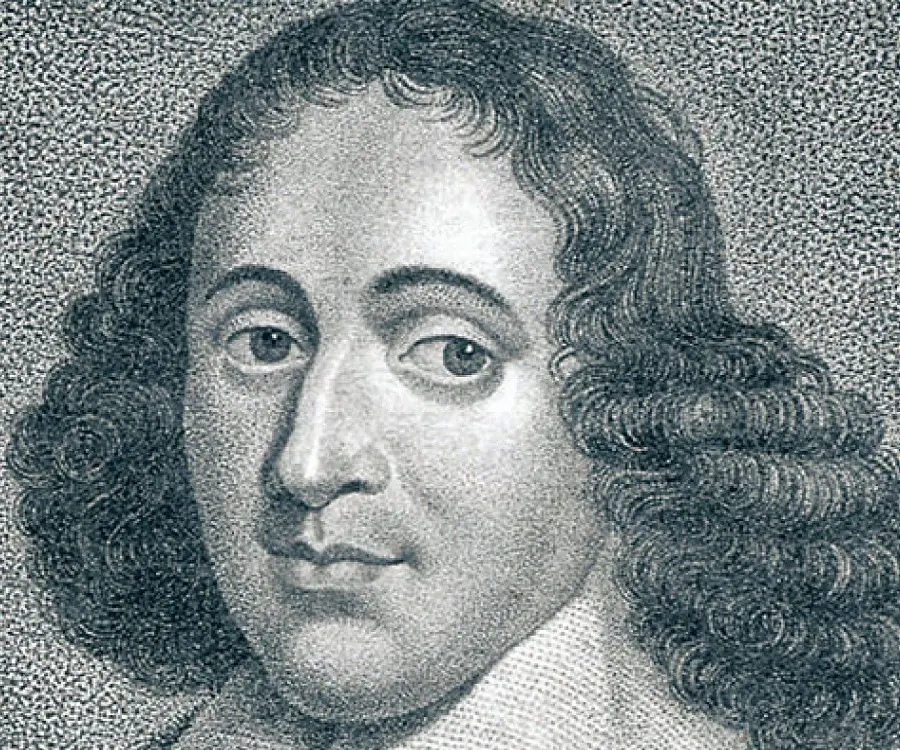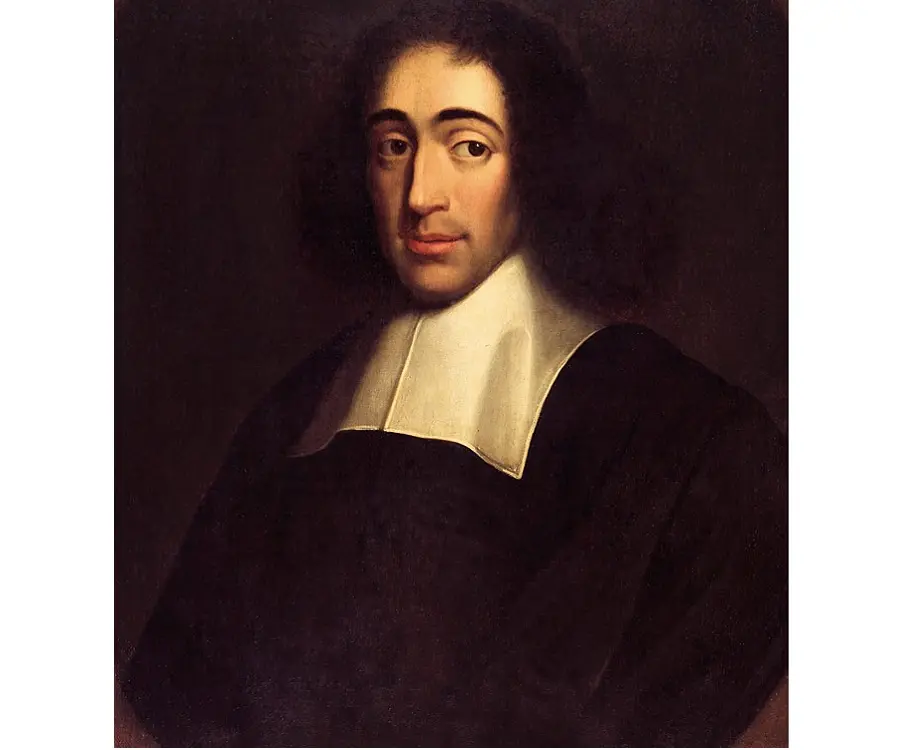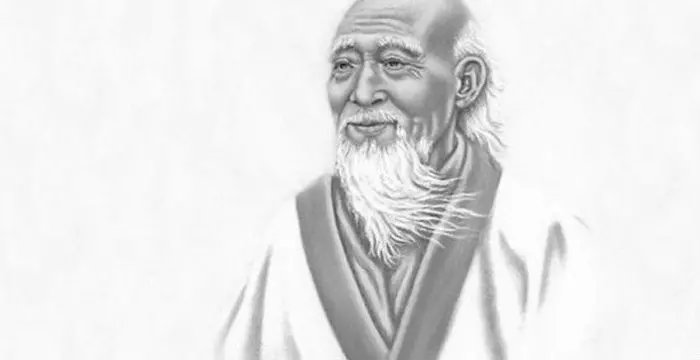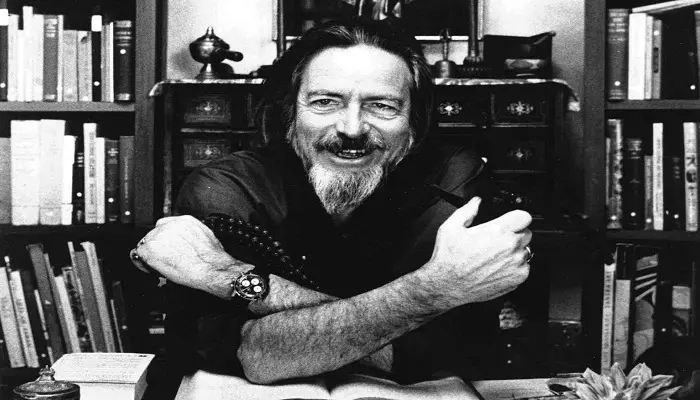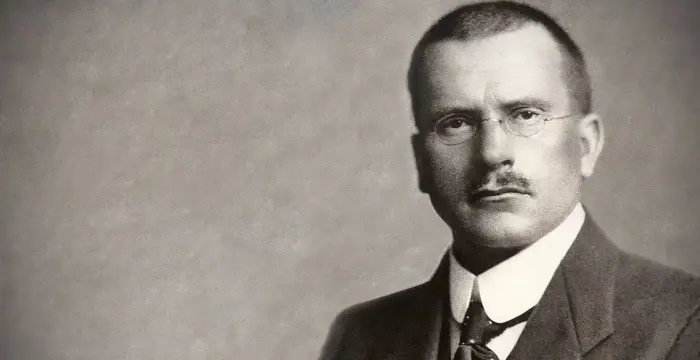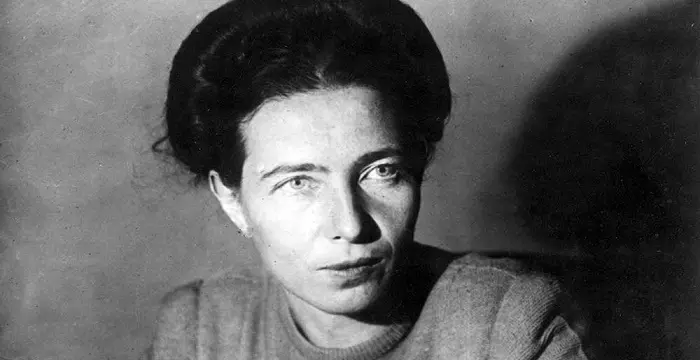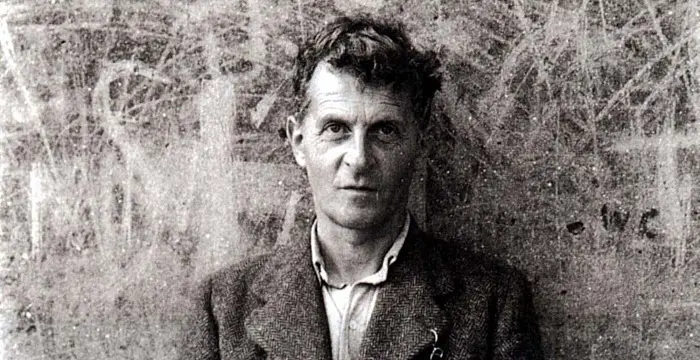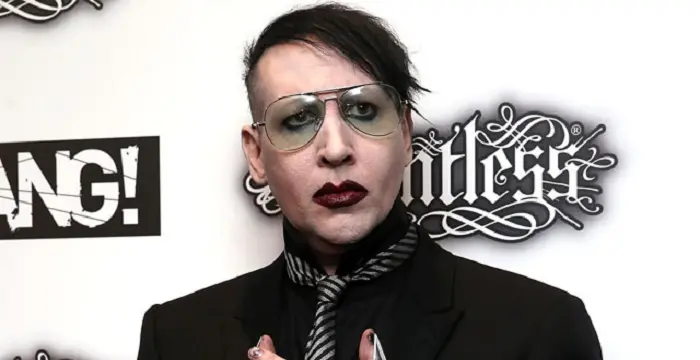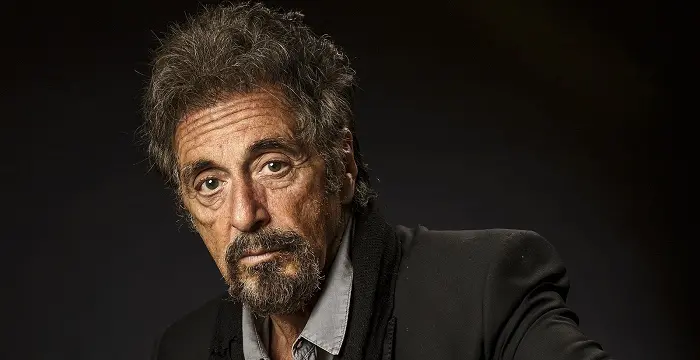
Baruch Spinoza - Philosophers, Family and Life
Baruch Spinoza's Personal Details
Baruch Spinoza was a Dutch philosopher of a Jewish origin
| Information | Detail |
|---|---|
| Birthday | November 24, 1632 |
| Died on | February 21, 1677 |
| Nationality | Dutch |
| Famous | Intellectuals & Academics, Philosophers, INFJ, Philosophers |
| Spouses | Jane de Lartigue (m. 1715) |
| Universities |
|
| Birth Place | Amsterdam, Dutch Republic |
| Gender | Male |
| Father | Miguel (Michael) |
| Mother | Ana Débora |
| Sun Sign | Sagittarius |
| Born in | Amsterdam, Dutch Republic |
| Famous as | Dutch philosopher |
| Died at Age | 44 |
// Famous Philosophers
Roland Barthes
Roland Barthes was a French literary theorist, critic and semiotician. This biography profiles his childhood, life, works, achievements and timeline.
Pythagoras
Pythagoras of Samos was a Greek mathematician and philosopher. Read on to learn more about Pythagoras’s profile, childhood, life and timeline.
Pierre Teilhard de Chardin
Pierre Teilhard de Chardin was a famous French philosopher and a priest who was also known for his controversial writings. Read more about the life and works of this philosopher in the following article.
Baruch Spinoza's photo
Who is Baruch Spinoza?
Baruch Spinoza was one of the frontrunners of radical thinking who coined a new school of belief called Spinozism. Since an early age, he despised the traditional teachings and believed in conventional philosophies due to which he became one amongst the greatest rationalists of the 17th century. His posthumous publication, ‘The Ethics’, which is regarded as his magnum opus, earned him recognition as one of Western philosophy’s most important thinkers. The book entailed his criticism of the traditional beliefs and philosophical conceptions of God, human beings, nature and universe as a whole. It also outrageously criticized the religions, theological and moral beliefs. Throughout his lifetime, his ideologies and beliefs made him a controversial figure. Neither were they accepted in Jewish religious circles nor were they appraised by the Christian communities. It was only in 18th and later 19th century that his works were being recognised as important literary masterpieces. Apart from being a philosopher, Spinoza was also a lens grinder and made his living out of grinding lenses.
// Famous Philosophers
Martin Buber
One of the greatest philosophers to have ever walked on earth, Martin Buber contributions to philosophy is a long-standing one. Explore all about his profile, childhood, life and timeline here.
Lao Tzu (Laozi)
Lao Tzu was a legendary Chinese philosopher who wrote the important “Daodejing”. This biography profiles his childhood, life, career, achievements and timeline.
Alan Watts
Alan Watts was a famous British philosopher known for his Zen teachings and interpretations of Eastern philosophy. Read more about this great philosopher in the following article.
Childhood & Early Life
Baruch de Spinoza was the second son born to the couple, Miguel de Espinoza and Ana D�bora in Amsterdam. His father was a successful Portuguese Sephardic Jewish merchant. His mother passed away when he was six years of age.
Young Spinoza was proficient in many languages namely, Portuguese, Hebrew, Spanish, Dutch, French and Latin. Raised in a traditional Jewish household, he attained his preliminary education from Keter Torah yeshiva.
Taught by both conventional and progressive-minded teachers, he achieved the best of both the line of thoughts. He was a brilliant student, with the capabilities of becoming a rabbi. However, the ill-timed and unfortunate death of his elder brother led him to give up education and instead get involved in family business in 1650.
Career
In 1653, he began studying Latin with Frances van den Enden. Frances was a free-thinker, who introduced the former to a new line of thought, opening up windows of scholastic and modern philosophy for him.
Upon the death of his father in 1654, he dedicated eleven months in reciting Kaddish or the Jewish prayer of mourning. He refused the inheritance and instead passed on everything to his sister Rebekah.
For a short time, he ran the family importing business which faced immense financial crisis during the First Anglo Dutch War. In order to free himself from the creditors, he declared himself an orphan and relinquished from the duties of the business.
He then inherited his mother’s estate and switched to devoting himself completely to philosophy and optics.
He adopted the Latin name, Benedictus de Spinoza and started working as a teacher. This was an important phase in his life as he was exposed to rationalism by the anti-clerical sect of Remonstrants.
He also witnessed anti-Church groups who rebelled against the traditional dogmas. The exposure to the new line of thinking helped him form his own ideologies due to which he faced clashes with the authorities and those belonging to traditionalism.
He often raised a voice against the traditionalist due to which in 1656, he was banned by the Talmud Torah congregation for his radical theological views that he expressed in public and the danger of persecution or expulsion that the Amsterdam Jewish community faced due to their association with him.
The writ of prohibition did not come as a shock to him but instead as a message of sweet relief, as he himself wanted to separate from the Talmud Torah congregation due to his radical thoughts.
He stopped attending the synagogue and subsequently, vocally expressed his feelings of resentment and antagonism towards Judaism. Though some claimed that he addressed an ‘apology’ to the elderly at the synagogue, clearly defending his views against orthodoxy, others said that no apology was presented.
Much against the popular speculation of his conversion to Christianity upon Jewish expulsion, he instead kept his Latin name. Though he kept a close alliance with the Christian sect and even moved to reside in the Collegiant area, he never accepted baptism, thus becoming the first secular Jew of modern Europe.
Post the ban and his expulsion from Amsterdam, he stayed in the village in Ouderkerk aan de Amstel briefly, returning shortly afterwards to Amsterdam. During his stay in the city, he took private philosophy lessons and grinding lenses.
Between 1660 and 1661, he left Amsterdam for good taking up residence at Rinjnsburg, Leiden. It was there that he came up with most of his well-renowned works.
It was in 1663, that he came up with his one of the initial works titled, ‘Short Treatise on God, Man and His Well-Being’. The essay was written in an effort to bring out his metaphysical, epistemological and moral views out in public.
Simultaneously, he had started working on Descartes' ‘Principles of Philosophy’, which too completed in 1663. A critical exposition, it was the only work published in his name in the lifetime. Same year, he moved to Voorburg.
While in Voorburg, he started collaborating with various scientists, philosophers, and theologians for his upcoming work, ‘The Ethics’. To earn a living, he worked as lens-grinder and instrument maker.
Meanwhile, he also started working on his next work, ‘Theological Political Treatise’ in defense of secular and constitutional government which was published anonymously in 1670. This scandalous work instantly drew lot of criticism from the public and was legally banned in 1674.
In 1670, he relocated to The Hague. While at Hague, he worked on his Political Treatise and other additional subjects including two scientific essays, ‘On the Rainbow’ and ‘On the Calculation of Chances’. Additionally, he started writing an unfinished Hebrew work and also started penning a Dutch translation of the Bible, which he eventually destroyed.
It was in 1676 that he completed his masterpiece ‘The Ethics’. The work impudently criticised the traditional beliefs and philosophical conceptions of God, human beings, nature and universe as a whole. It also outrageously criticized the religions, theological and moral beliefs. Contradictorily, it professed his view of God or nature as everything.
Personal Life & Legacy
It was after he had adopted his Latin name and started teaching at a school that he first felt romantically towards a fellow teacher’s daughter, Clara. However, the love was one-sided as she rejected him for someone who was richer and affluent
His health started deteriorating in 1676 and by the following year, it worsened. On February 20, 1677, he breathed his last due to lung illness which resulted from breathing dust from lens grinding. He was laid to rest in the churchyard of the Christian Nieuwe Kerk in The Hague
As stated in his will, ‘The Ethics’ was published posthumously in 1677, along with his other works. It was mainly divided into five parts, Concerning God, The Nature and Origin of the Human Mind, The Nature and Origin of the Emotions, Human Bondage, or the Strength of the Emotions and The Power of the Understanding, or Human Freedom.
Trivia
This Dutch philosopher was a radical thinker, whose posthumously published work, ‘The Ethics’ made him one of the greatest revolutionary and rational thinkers of the 17th century philosophy.
// Famous Intellectuals & Academics
Bertil Gotthard Ohlin
Bertil Gotthard Ohlin was a famous Swedish economist. This biography profiles his childhood, family life & achievements.
Emily Greene Balch
Emily Greene Balch was an American economist, sociologist and pacifist who won the 1946 Nobel Peace Prize. This biography of Emily Greene Balch provides detailed information about her childhood, life, achievements, works & timeline.
Martin Buber
One of the greatest philosophers to have ever walked on earth, Martin Buber contributions to philosophy is a long-standing one. Explore all about his profile, childhood, life and timeline here.
Baruch Spinoza biography timelines
- // 24th Nov 1632Baruch de Spinoza was the second son born to the couple, Miguel de Espinoza and Ana D�bora in Amsterdam. His father was a successful Portuguese Sephardic Jewish merchant. His mother passed away when he was six years of age.
- // 1650Taught by both conventional and progressive-minded teachers, he achieved the best of both the line of thoughts. He was a brilliant student, with the capabilities of becoming a rabbi. However, the ill-timed and unfortunate death of his elder brother led him to give up education and instead get involved in family business in 1650.
- // 1653In 1653, he began studying Latin with Frances van den Enden. Frances was a free-thinker, who introduced the former to a new line of thought, opening up windows of scholastic and modern philosophy for him.
- // 1654Upon the death of his father in 1654, he dedicated eleven months in reciting Kaddish or the Jewish prayer of mourning. He refused the inheritance and instead passed on everything to his sister Rebekah.
- // 1656He often raised a voice against the traditionalist due to which in 1656, he was banned by the Talmud Torah congregation for his radical theological views that he expressed in public and the danger of persecution or expulsion that the Amsterdam Jewish community faced due to their association with him.
- // 1660 To 1661Between 1660 and 1661, he left Amsterdam for good taking up residence at Rinjnsburg, Leiden. It was there that he came up with most of his well-renowned works.
- // 1663It was in 1663, that he came up with his one of the initial works titled, ‘Short Treatise on God, Man and His Well-Being’. The essay was written in an effort to bring out his metaphysical, epistemological and moral views out in public.
- // 1663Simultaneously, he had started working on Descartes' ‘Principles of Philosophy’, which too completed in 1663. A critical exposition, it was the only work published in his name in the lifetime. Same year, he moved to Voorburg.
- // 1670 To 1674Meanwhile, he also started working on his next work, ‘Theological Political Treatise’ in defense of secular and constitutional government which was published anonymously in 1670. This scandalous work instantly drew lot of criticism from the public and was legally banned in 1674.
- // 1670In 1670, he relocated to The Hague. While at Hague, he worked on his Political Treatise and other additional subjects including two scientific essays, ‘On the Rainbow’ and ‘On the Calculation of Chances’. Additionally, he started writing an unfinished Hebrew work and also started penning a Dutch translation of the Bible, which he eventually destroyed.
- // 1676It was in 1676 that he completed his masterpiece ‘The Ethics’. The work impudently criticised the traditional beliefs and philosophical conceptions of God, human beings, nature and universe as a whole. It also outrageously criticized the religions, theological and moral beliefs. Contradictorily, it professed his view of God or nature as everything.
- // 1677As stated in his will, ‘The Ethics’ was published posthumously in 1677, along with his other works. It was mainly divided into five parts, Concerning God, The Nature and Origin of the Human Mind, The Nature and Origin of the Emotions, Human Bondage, or the Strength of the Emotions and The Power of the Understanding, or Human Freedom.
- // 20th Feb 1677His health started deteriorating in 1676 and by the following year, it worsened. On February 20, 1677, he breathed his last due to lung illness which resulted from breathing dust from lens grinding. He was laid to rest in the churchyard of the Christian Nieuwe Kerk in The Hague
// Famous INFJ
Carl Jung
Carl Jung was a Swiss psychiatrist famous for founding the school of analytical psychology. This biography of Carl Jung provides detailed information about his childhood, life, achievements, works & timeline.
Simone de Beauvoir
Simone de Beauvoir was an eminent French writer, intellectual, activist, and philosopher. This biography profiles her childhood, life, thoughts, achievements and timeline.
Ludwig Wittgenstein
Ludwig Wittgenstein is a renowned philosopher. Read on to know about the life, career, and works of the famous Austrian philosopher Ludwig Wittgenstein.
Marilyn Manson
Marilyn Manson is an American musician who founded the eponymous band ‘Marilyn Manson’. This biography of Marilyn Manson provides detailed information about his childhood, life, achievements, works & timeline.
Al Pacino
Al Pacino is a very famous American film/stage actor, known for his extraordinary acting skills. To know about his profile, childhood, life and timeline, read the biography below.
Jennifer Connelly
Jennifer Connelly is an Academy Award winner American actress who started out as a child artist and reached the epitome of her film career with the movie ‘A Beautiful Mind’.
Baruch Spinoza's FAQ
What is Baruch Spinoza birthday?
Baruch Spinoza was born at 1632-11-24
When was Baruch Spinoza died?
Baruch Spinoza was died at 1677-02-21
Where was Baruch Spinoza died?
Baruch Spinoza was died in The Hague
Which age was Baruch Spinoza died?
Baruch Spinoza was died at age 44
Where is Baruch Spinoza's birth place?
Baruch Spinoza was born in Amsterdam, Dutch Republic
What is Baruch Spinoza nationalities?
Baruch Spinoza's nationalities is Dutch
Who is Baruch Spinoza spouses?
Baruch Spinoza's spouses is Jane de Lartigue (m. 1715)
What was Baruch Spinoza universities?
Baruch Spinoza studied at Académie française (1728), College of Juilly
Who is Baruch Spinoza's father?
Baruch Spinoza's father is Miguel (Michael)
Who is Baruch Spinoza's mother?
Baruch Spinoza's mother is Ana Débora
What is Baruch Spinoza's sun sign?
Baruch Spinoza is Sagittarius
How famous is Baruch Spinoza?
Baruch Spinoza is famouse as Dutch philosopher
